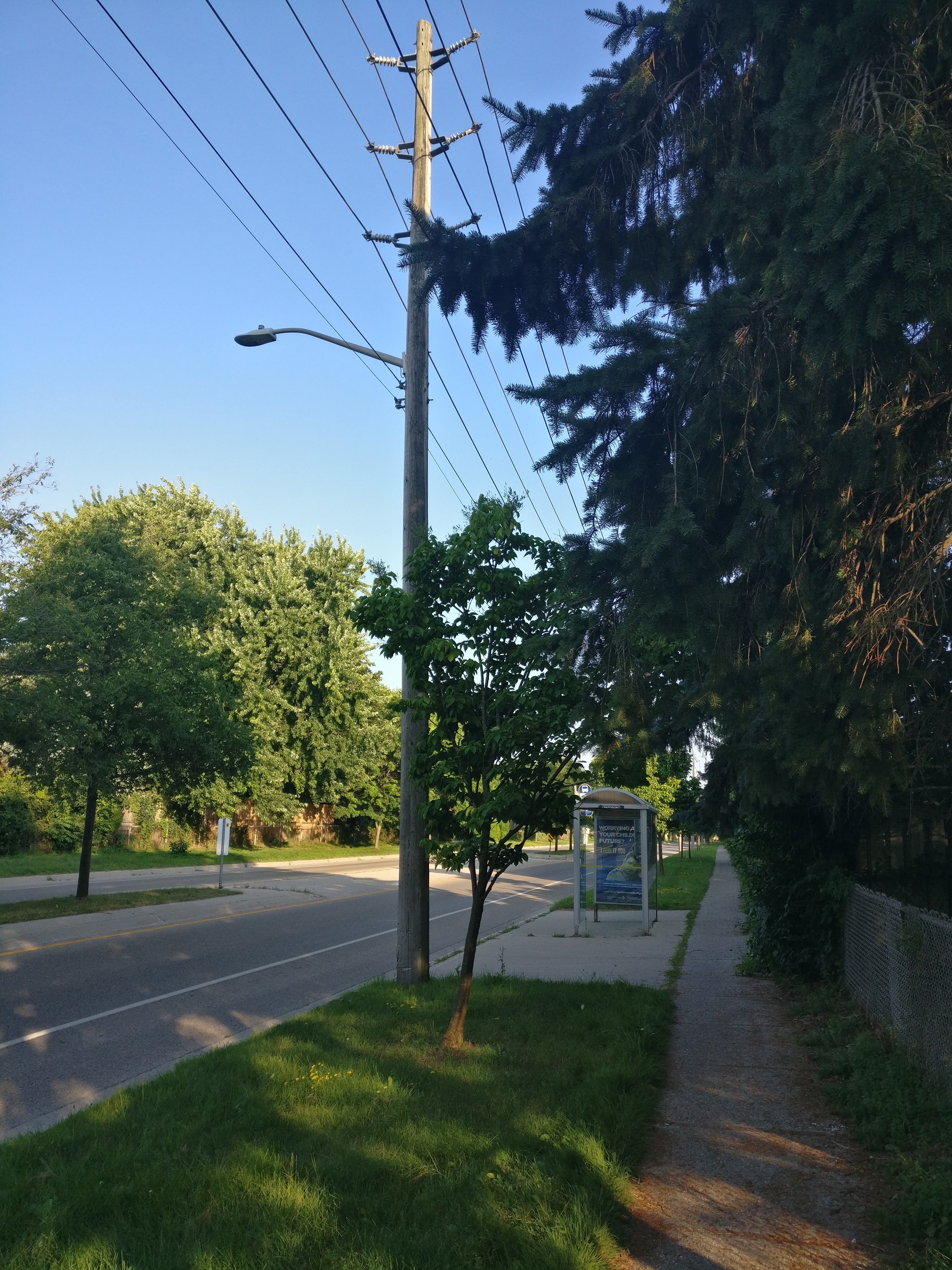If I could momentarily be a douchebag for a good cause: I've been to Japan and visited gardens there, and when I saw this photo I thought it was a photo from a place I've been in Japan, so this garden seems pretty legit to me! Beautiful!
psycotica0
You might actually like Taler, it's fundamentally different from blockchain based systems, to the point of being a cryptocurrency only in the technical sense, but not having any of the properties people associate with that word culturally.
Taler doesn't use any kind of proof of work, and so doesn't consume excess power or other resources, at least not more than, like, visiting any normal webpage. It's also not decentralized, and only partially anonymous, so I can acquire money anonymously and no one can trace the money I got to a particular spend, but the only place I can reasonably spend it has to be registered to the centralized issuer and is firmly not anonymous. And the only things they can do with the tokens they receive is redeem them, which means there's no place for tax evasion because the issuing authority can track every dollar the registered vendors redeem with them. And you can't really transfer money from random person to person, so there's no black market opportunity, etc.
So basically the only thing Taler "protects" is that the buyer's identity can be anonymous, but any vendor accepting Taler must not be and are highly trackable.
These are things I actually don't like about Taler, but we may be on opposite sides of a few issues, which is fair.
Who? Vivian's dad?
OpenOffice for all intents and purposes has been dead for a decade, but LibreOffice (included in the graphic) is a fork which remains active and has community and is the de facto successor.
There are things about it that are like Factorio, but also some philosophical differences.
Most obvious difference is that it's 3D and "pretty", whereas Factorio is 2D and brown. Which is fine! But this game gives you opportunities to stand on a cliff and look out over some plains and visit some non-hostile animals. You can also build upwards to create tall stacked factories.
On the flip side, what that first person perspective costs is that it's a lot harder to manage things as a guy running around inside and amongst the buildings compared to a zoomed out, top down, view. So the scale is never the same simply because it's unmanageable.
Also, unlike Factorio, there's a pretty sharp divide between the things you can assemble and the things you make in hand. Like, IIRC you never end up with factories that build buildings in Satisfactory. You have drills that collect resources, and factories that turn those resources into components, but all of the construction you do yourself. At least that's my recollection.
I think at least part of the problem is that Democrats believe in The System. So when someone cheats and whines about fake votes and stuff, they can resist that with faith that the system is working, but when the system willingly chooses the other side they have no choice but to concede that this must just be the Will of the People. And who are they to stand against the system they uphold...
I'm going to give you the benefit of the doubt and assume what you said was simply confusing, but not wrong.
So just to be clear if your raid array fails, and you're using software raid, you can plug all of the disks into a new machine and use it there. But you can't just take a single disk out of a raid 5 array, for example, and plug it in and use it as a normal USB hard drive that just had some of the files on it, or something. Even if you built the array using soft-raid.
I don't want to sound like I'm just correcting you for the sake of it, but it's actually important. Mastodon is the most popular right now, but Mastodon actually wasn't around at the beginning! Before that was StatusNet, and before that was identi.ca and laconi.ca
So those services already existed, they were the ones built for federation, and so Mastodon was started as another compatible implementation of an existing network protocol. All of that is to say that Mastodon didn't need to make the right choices at the beginning, and they have already benefitted from this kind of network dynamic! The system has already worked once!
Maybe I'm just pedantic, but if it's on a phone or tablet, isn't it not "PC gaming"? I'm honestly a little confused what they're going for. I guess "mobile games of the graphical calibre expected of PC games"? But, like, Myst is a PC game. Monkey Island is a PC game. Thomas Was Alone is a PC game. There's a wide range there in graphics... And phones are mobile...
I get what you're saying, but I think the issue with optional memory safety features is that it's hard to be sure you're using it in all the places and hard to maintain that when someone can add a new allocation in the future, etc. It's certainly doable, and maybe some static analysis tools out there can prove it's all okay.
Whereas with Rust, it's built from the ground up to prove exactly that, plus other things like no memory being shared between threads by accident etc. Rust makes it difficult and obvious to do the wrong thing, rather than that being the default.
It's also worth saying that with cars vs transit the incentives flip. With cars I don't want to make things too far away, but like in my previous comment I have to space things out some, and cars are good at going distances, so it's not too bad for business to sprawl. Also, because I need parking for everyone, density of my building (like a multi-story building) requires an even greater density of parking. But parking garages are expensive, so it's easier for me to build a bunch of single story buildings with big surface parking lots.
On the other hand, with transit and pedestrians distances are much more significant. The goal now is to try and get as many things as possible to where the people already are. In this mode, building up is much more sensible because the more housing or offices or businesses you can put on this plot, the less people will have to walk to get there and the closer they are to prominent transit stops, etc. And if I don't need parking, then I'm incentivized to put another building right next to this one to try and hit those same people without them taking more than 20 steps.





I'm not 100% deep on the crypto, but my understanding is they use blind signatures (which have been around for a long time) to do their issuing. If you're unfamiliar, these are kinda like an envelope with a hole cut in it, so you can put a document in it with a hidden unique key, and they can see some info through the hole, and can stamp their signature through the hole to validate that it's legit without knowing the hidden info.
Then the user can remove it from the envelope (unblind) and now have a certified valid coin without the issuer knowing which coin is theirs.
So in the context of an ATM, the ATM wouldn't "issue" coins, it would be given a request for coins from your wallet, it would certify the validity of that request, and then give your wallet back that certification in such a way that the wallet could unblind it and have the anonymous secret. So ultimately your wallet is the one that's in charge of producing the unique parts.
It seems there's also a system for making sure you don't produce bad transactions by asking you to generate N, promping you to unwrap a bunch of them to prove there's nothing weird about them, and then signing one of the remaining ones under the assumption it's also legit. At least it sounds like it, but I'm even less familiar with that part. But even if you did spoof someone else's secrets... it doesn't allow you to steal their money I don't think... because in order to have your transaction validated in the first place you had to truly give the ATM your money... so you could I guess pay $10 to screw over your friend for $10 because it'll look like they spent money they didn't... but you still spent $10... so it's less like stealing their money and more like paying to throw their wallet off a bridge? You don't gain anything, but they lose something? Maybe there's another exploit I don't know about in the like "renewal" or "refund" or "transfer" protocols that make that more important.
Anyway, I'm still not a Taler fan, but in this case I think it's possible to do what they claim. Now, if the bank or ATM or whatever asks for ID or an account to use their services, they could track that you withdrew money, and how much. That's data they can collect. The anonymous buyer part just means they can't tie the coin they issued you to a spent deposit they receive later. So they know you got $10 out, and they can assume you probably spent it, but they can't know what you spent it on.